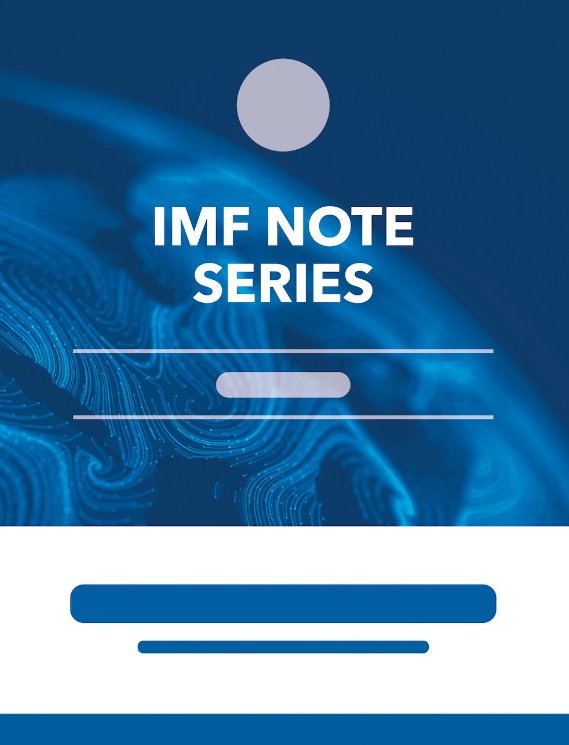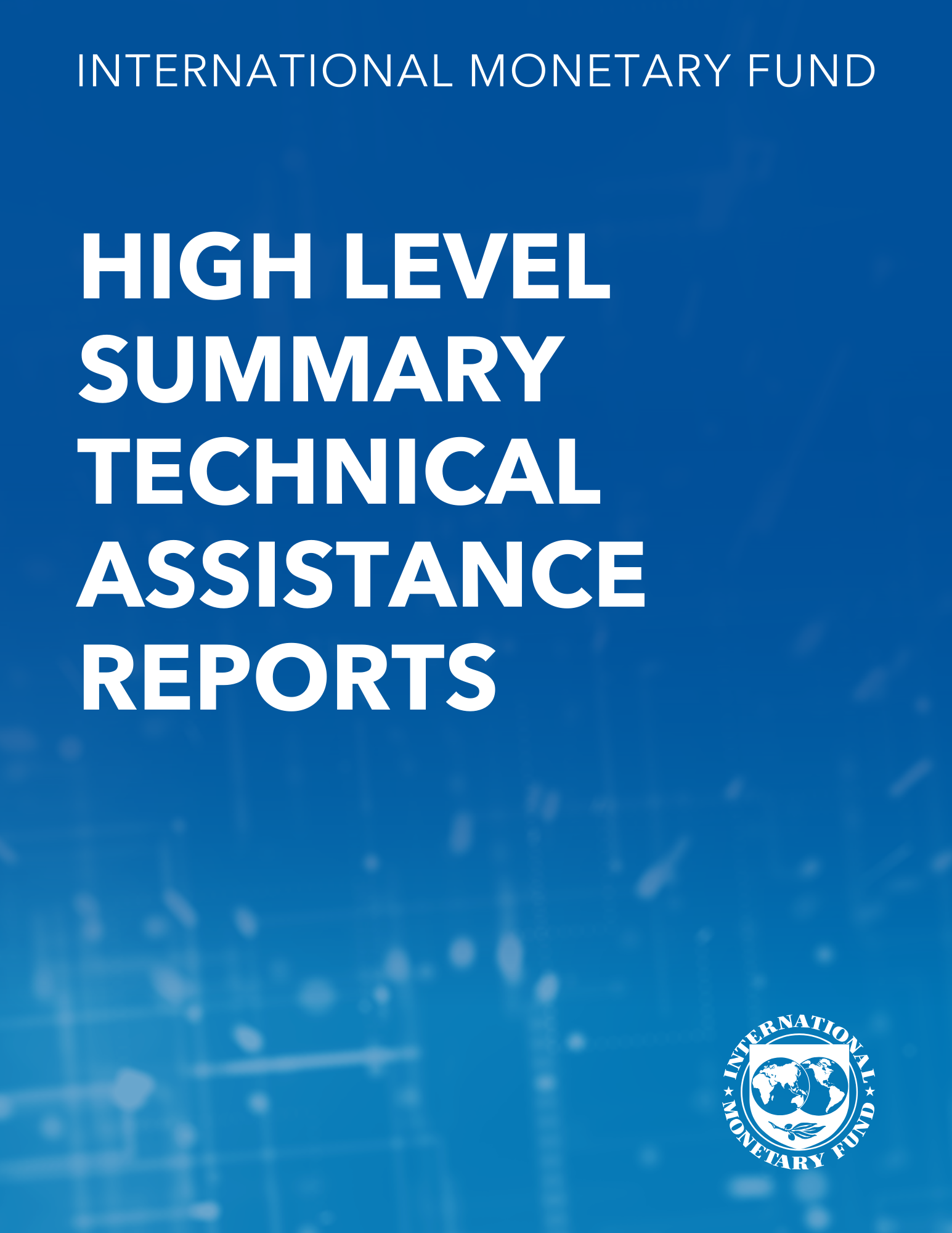How Russia Affects the Neighborhood - Trade, Financial, and Remittance Channels
December 1, 2009
Disclaimer: This Working Paper should not be reported as representing the views of the IMF.The views expressed in this Working Paper are those of the author(s) and do not necessarily represent those of the IMF or IMF policy. Working Papers describe research in progress by the author(s) and are published to elicit comments and to further debate
Summary
We test the extent to which growth in the 11 CIS countries (excluding Russia) was associated with developments in Russia, overall, as well as through the trade, financial and remittance channels over the last decade or so. The results point to the continued existence of economic links between the CIS countries and Russia, though these links may have altered since the 1998 crisis. Russia appears to influence regional growth mainly through the remittance channel and somewhat less so through the financial channel. There is a shrinking role of the trade (exports to Russia) channel. Russian growth shocks are associated with sizable effects on Belarus, Kazakhstan, Kyrgyz Republic, Tajikistan, and, to some extent, Georgia.
Subject: Balance of payments, Current account, Current account balance, Foreign exchange, Oil prices, Prices, Real effective exchange rates, Remittances
Keywords: CIS countries' export, CIS country, CIS GDP, CIS growth variation, country, Current account, Current account balance, Europe, Global, Oil prices, Real effective exchange rates, remittance channel, Remittances, remittances from Russia, Russia, WP
Pages:
25
Volume:
2009
DOI:
Issue:
277
Series:
Working Paper No. 2009/277
Stock No:
WPIEA2009277
ISBN:
9781451874228
ISSN:
1018-5941






